Exchanging Perceptions
© Stuart Lavery
Stephen Wilson is a Northern Irish photographer who has been running photography workshops within communities in Belfast for over 20 years. In 2014, he led Exchanging Perceptions with the Inner East Outer West Project, a local peacebuilding organisation managed by the Belfast Interface Project that works with communities living close to the peace lines that mark the boundaries between predominantly Catholic and Protestant neighbourhoods.
The first of Northern Ireland’s peace lines or peace walls was built in 1969 to separate communities as violence during The Troubles, Northern Ireland’s conflict, escalated. A 2017 report lists 116 barriers, more than existed before the signing of the 1998 Good Friday Agreement. As former flashpoints of violence, the walls are potent symbols of Northern Ireland’s deep-rooted divisions. Communities living in interface areas, who have suffered disproportionately from the violence and disorder of the conflict, continue to endure high levels of multiple deprivation. Northern Ireland’s devolved government has committed to removing all peace walls, but communities are sceptical, and many, while they want change for future generations, feel safer with them in place.
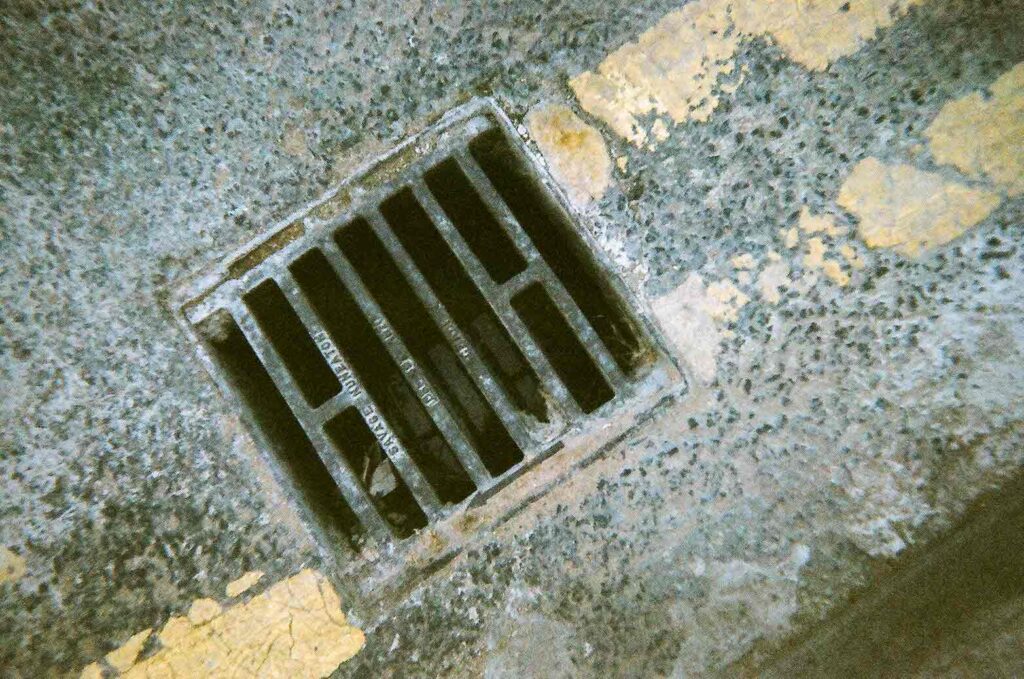
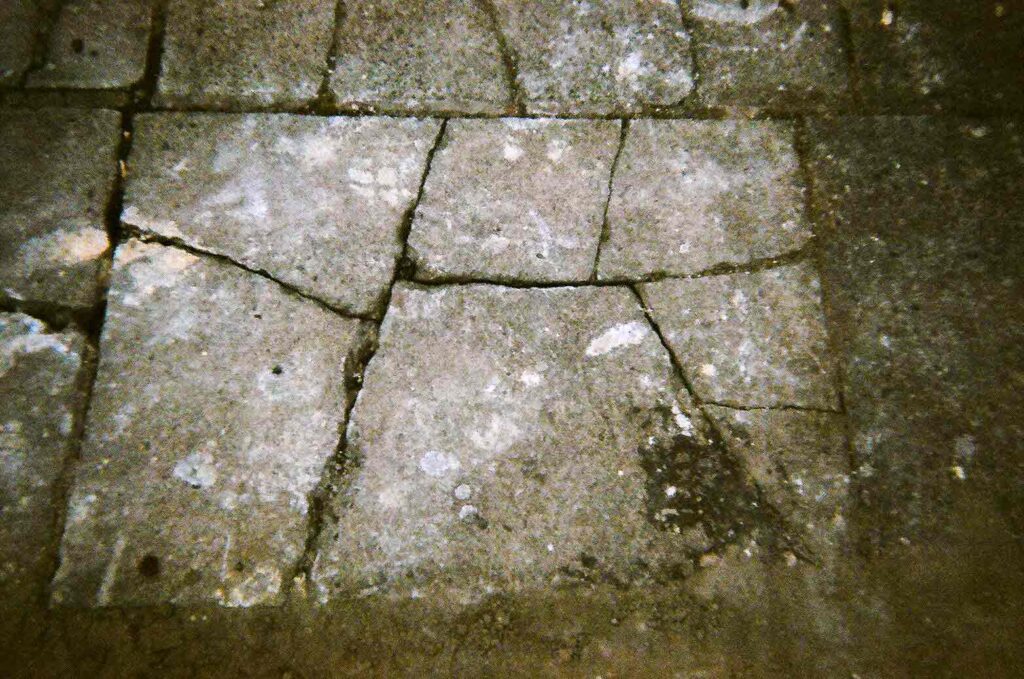
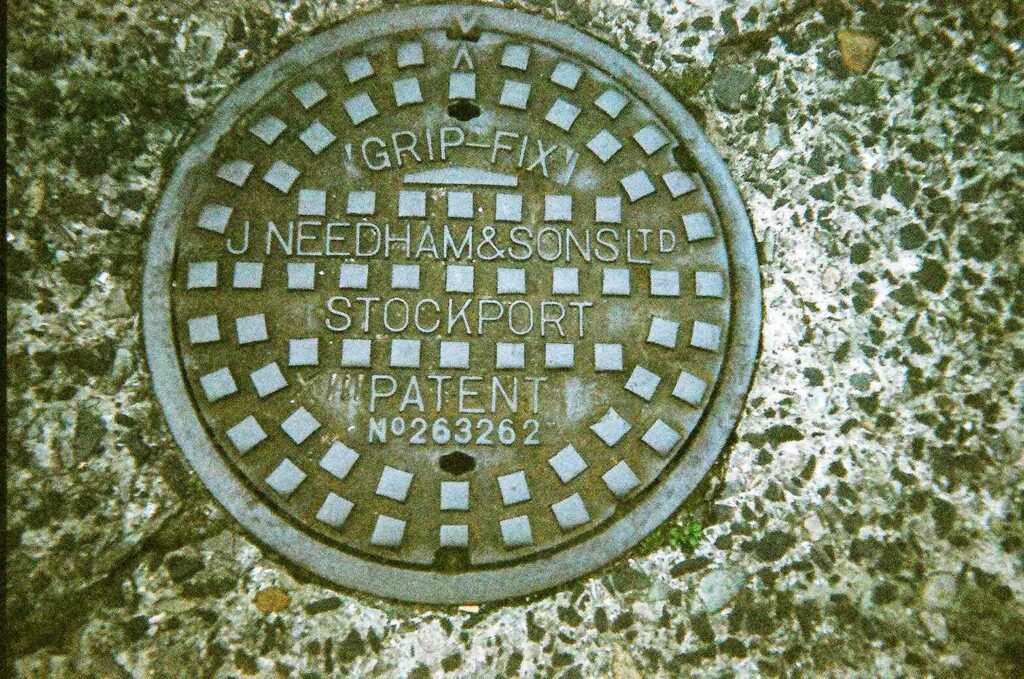
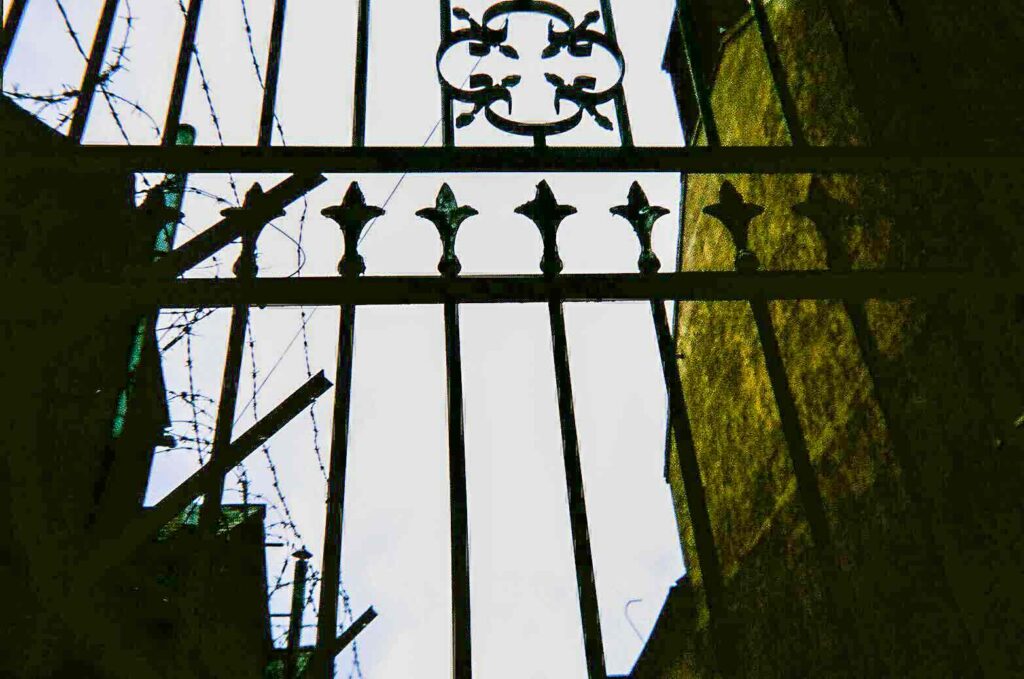
© Louis Milton
The Inner East Outer West Project works with groups of hard-to-reach youth and adult residents and seeks to enable communities to meet through facilitated contact to reduce tension and develop positive relationships across the interfaces. They have run various arts-based activities. In Exchanging Perspections, 23 participants in two groups worked separately in their own communities over six workshops, culminating in an exhibition that brought their work together.
The participants undertook three photographic projects. The first focused on shapes and textures. Pictures were taken on a group walk around local streets within both communities, allowing each community to visit the other. The second project focused on shadows and reflection, and pictures were taken on a group outing to a neutral place in the city. For the final project, participants took their cameras home and chose their own location and theme. The exhibition, which took place in a neutral location, was a celebratory and social occasion with family and friends who paid tribute to their efforts and photography.
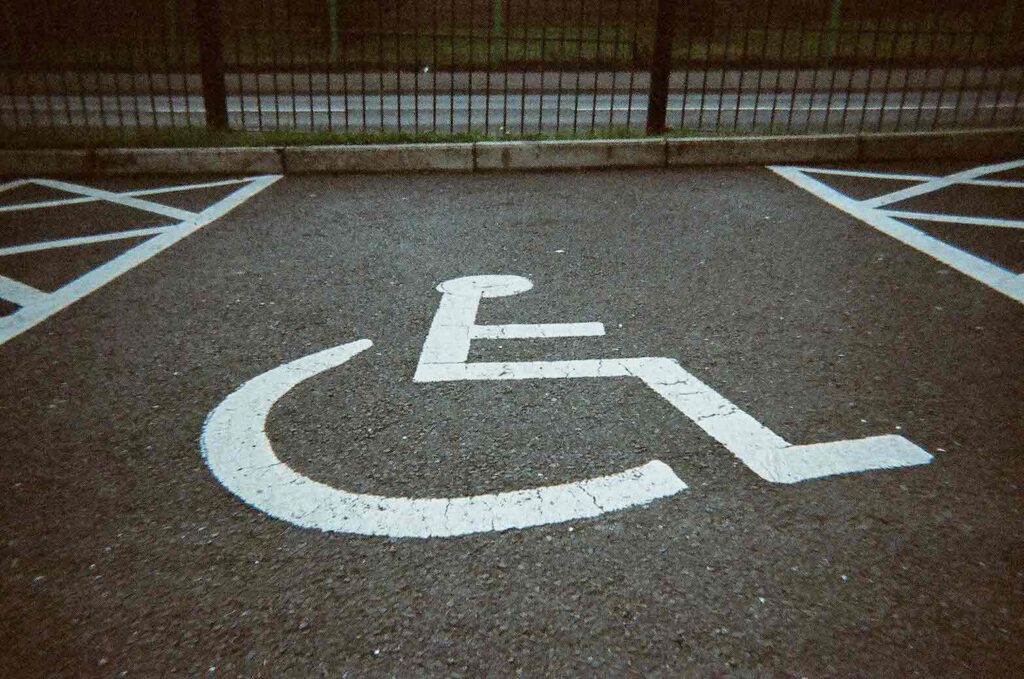


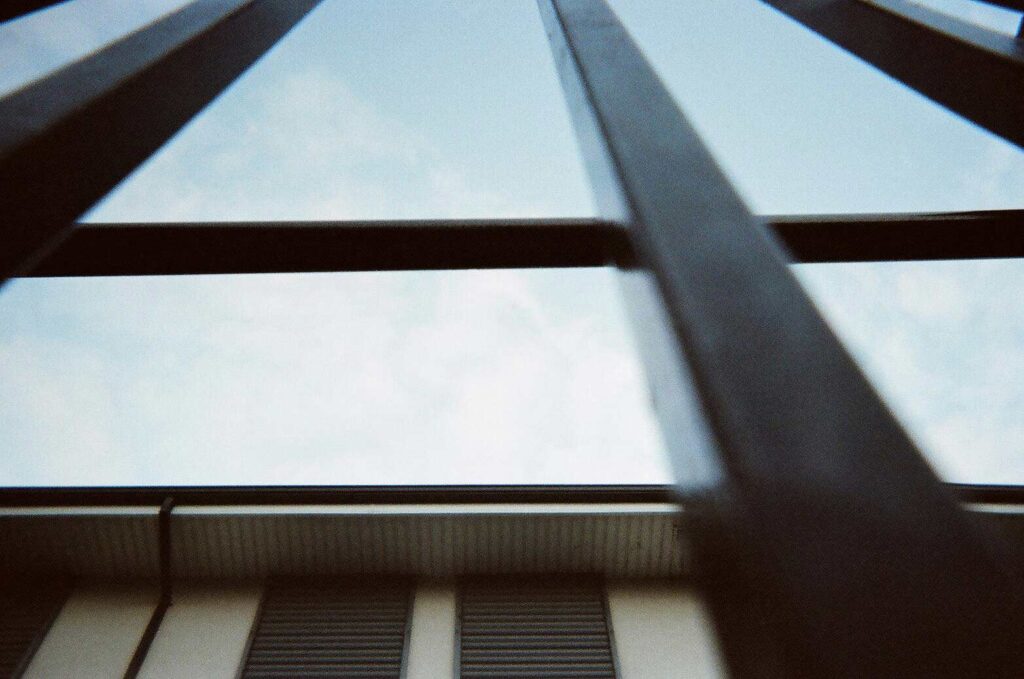
© Sarah Louise Robertson
Wilson notes that projects working in interface areas must be customized. Different identity groups might come together in ongoing workshops, or single identity groups might work separately but in parallel to each other, building up to engaging in a collaborative project over time or waiting until the final exhibition to share their images together, as happened in Exchanging Perceptions. Wilson believes that photography builds people up. Its accessibility means people can quickly take pictures they can be proud of, and he sees his job as to build confidence and respect. Photo walks give people permission to enter into and get to know each other’s neighborhoods. Photography piggybacks on the strong foundations of ongoing interface and dialogue work by the local partners and amplifies it by allowing people to see their own worlds and the worlds of others in different ways.
‘I thought this project would be interesting in that it was about more than talking
through our similarities and differences. The photography would give us common ground right away and it would be fun… Seeing my community through the lens of a camera has helped me see things in a different way’.
Exchanging Perceptions participant

